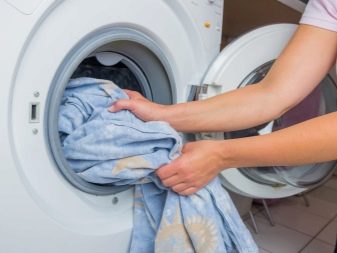All about the material of the bike
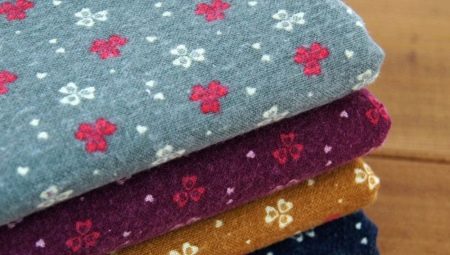
A huge selection of textile products makes it possible to choose the ideal option depending on the destination. Some types of fabrics have long been known to Russian consumers. One of these materials is a bike. Most buyers are sure that they know this fabric well and know how to handle it correctly, but this is not always true.
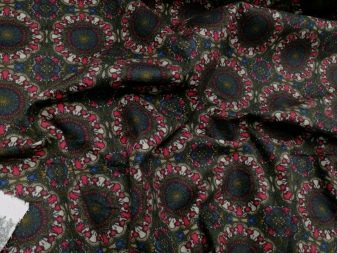
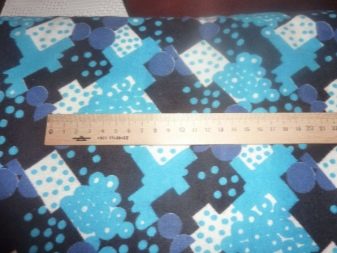
What it is?
The modern fabric of the bike, which has gone through all the stages of processing, differs significantly from the original version. The fabrics are soft and very pleasant to the touch, while the structure of the material is dense enough to keep warm. This material is made using plain or twill weaving, which provides the necessary structure.
After the bike leaves the loom, work on the material does not stop.
Initially, these are rough canvases, and their appearance is far from presentable.
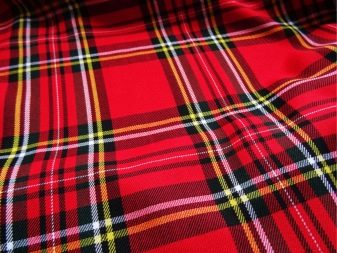
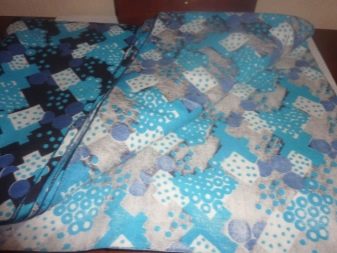
Further processing looks like this:
- the fabric is thoroughly cleaned;
- after the canvas is painted in a uniform and uniform tone:
- the last step is to print the image or pattern.
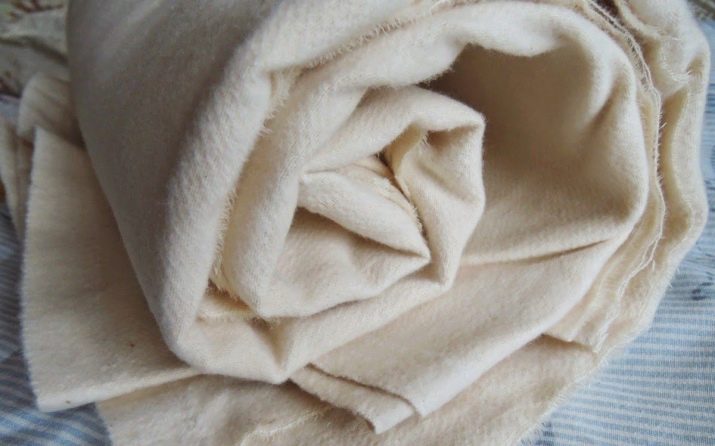
The composition of the bike can be different: natural cotton, pure wool, a combination of two natural components. The finished product is completely natural and safe for health. This should be a top quality bike, but some manufacturers often violate the established standards for the sake of economy by adding artificial fibers to the composition.
To detect a fake, you just need to stretch the canvas in different directions. A real bike does not stretch, while maintaining rigidity, but the material with synthetics is more elastic. You can check the product right in the store.
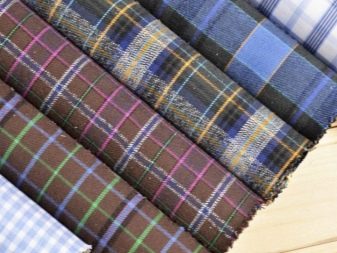
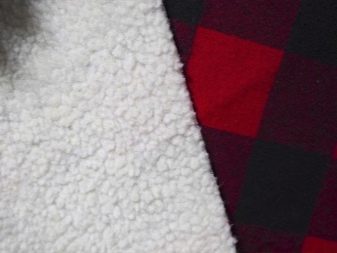
Let's list the positive qualities of the bike.
- The natural composition does not cause allergies and will be completely safe for young children.
- Due to its composition and high density, the material received excellent thermal insulation parameters. It is often used for sewing winter clothes, blankets and other similar products. Despite the fact that the fabric effectively retains heat, it is able to wick moisture away from the surface, keeping you warm even during severe frosts.
- High quality material will serve for a long time, retaining its appearance and shape. Wear-resistant blades do not deteriorate even with constant use. After several washes, the fabric acquires its final appearance that will not change over the years.
- One of the features of the bike is its low weight (for cotton products), and the density of the fabrics is high. Things from the bike, even when wet, will remain light.
- This type of fabric is considered universal. Due to the natural composition of the bike, there are practically no restrictions in use. The scope of this material is wide and varied. The fabric is often chosen for upholstery as it can absorb a lot of liquid.
- It is not difficult to take care of the canvases - you just need to follow the simple rules that relate to washing, drying and ironing. If you adhere to them, the material will retain a presentable appearance and commercial quality for a long time.
- Cotton fibers allow air to pass freely without interfering with oxygen exchange. Under a thick fleece blanket, the skin will "breathe", providing comfort and relaxation.

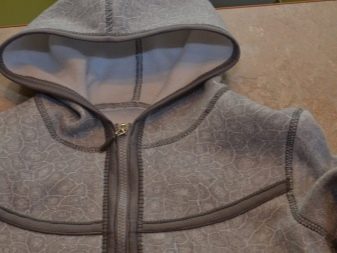
The bike also has negative sides.
- Products that are entirely made of natural wool or in which the wool content is significantly higher than the percentage of cotton are heavy.
- Cotton fabrics retain heat less than wool options.
- Manufacturers often add viscose and other similar fibers to the composition. This significantly reduces the positive characteristics of the fabric.
The disadvantages described above are insignificant in comparison with the listed advantages. That is why the material continues to be in great demand.
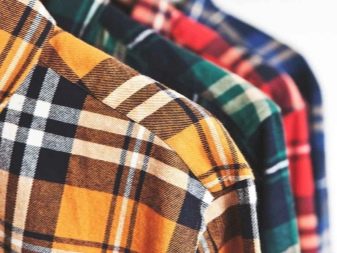

Features of production
For the manufacture of bikes, special equipment is used - machines with linen or twill weaving. As mentioned earlier, the canvases that came off them cannot be immediately sent for sale (except for those cases when the stores order the "raw" version). They need processing, which consists of several stages. This procedure is necessary not only in order to give the material a presentable appearance, but also to improve its characteristics. The harsh bike (no processing) is more affordable.
Material with a natural composition is rolled into rolls, the thickness of which varies from 62 to 96 centimeters. After cleaning, dyeing and applying a pattern, the bike develops double-sided bouffant and one-and-a-half-sided weaving. It can be both large and small. It depends on the characteristics of the weft threads.
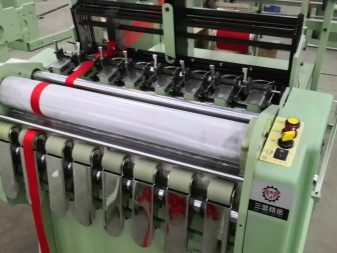
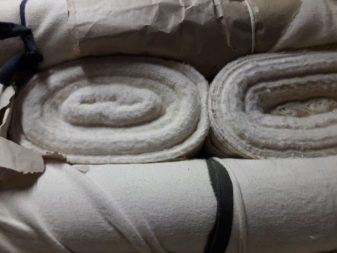
Varieties
Several varieties of this popular material can be found commercially. They differ little from each other, but each has its own distinctive feature.
Padded
Canvases with a pattern or print. This material is most often used for sewing blankets.
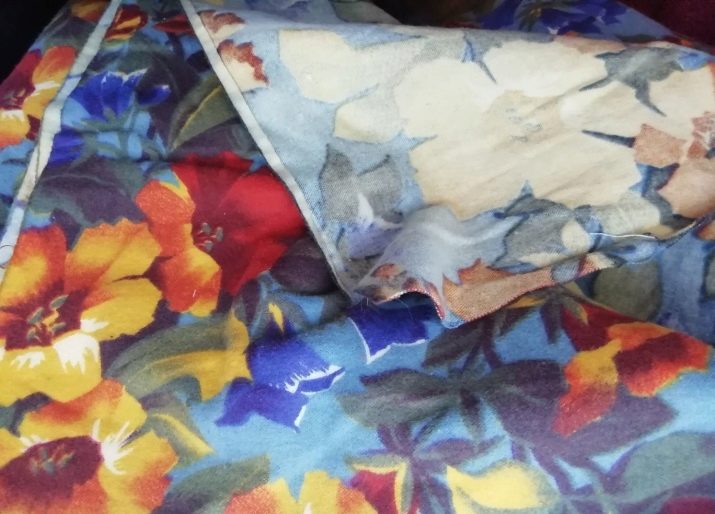
Colored
Colored bike - products after dyeing.
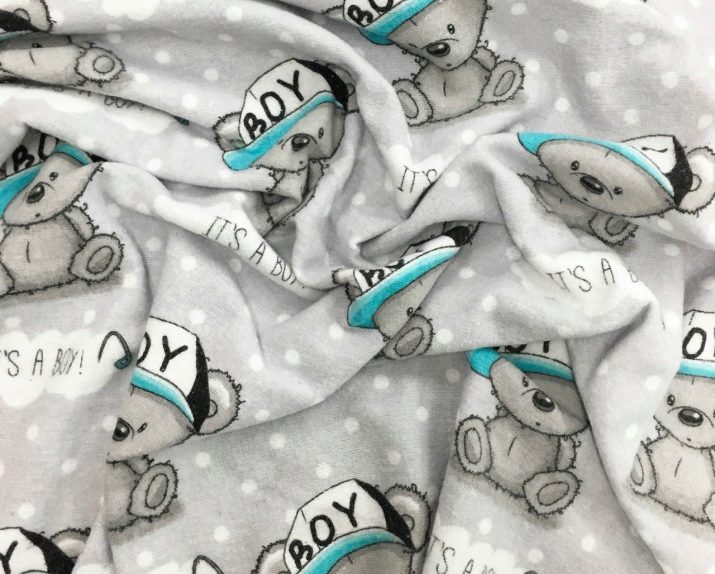
Harsh
Judging by the name, it is easy to guess that we are talking about an untreated fabric that just came off the assembly line. Pristine textiles are not as popular as refined and dyed linens.
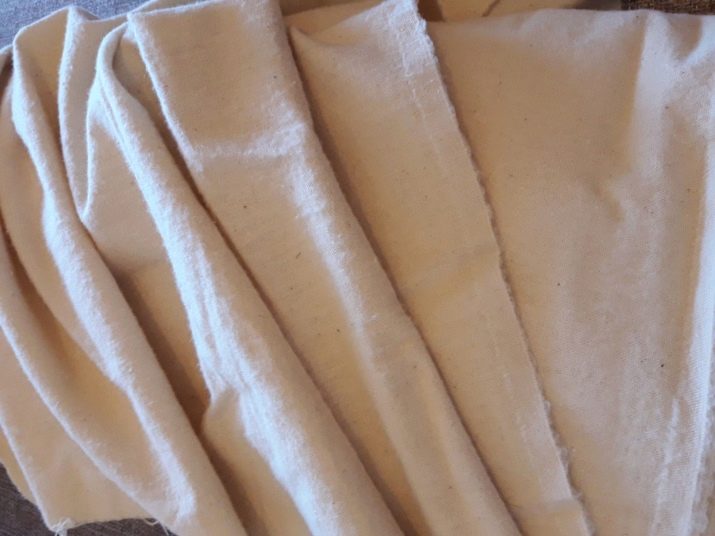
Plain dyed
If the material is painted in one color over the entire area, it is called plain-colored.
Also on sale you can find the following options, which differ in the way of finishing.
- Bleached bike.
- Striped or checked fabric - multi-colored.
- Melange fabric is made from fibers dyed in different colors. The final result looks original and moderately variegated.
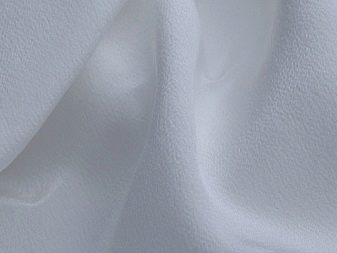
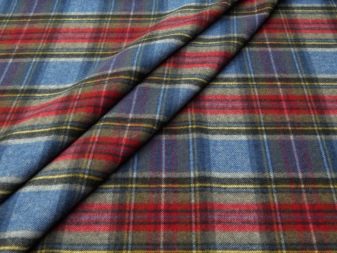
Where is it applied?
The areas of application of the fabric are varied.
- Sewing warm classic shirts for men.
- A natural bike can be used to make comfortable and beautiful children's clothing. For this purpose, a hypoallergenic material is ideal.
- The bike has also found its way into the shoe industry. Soft insoles or a pleasant-to-touch covering are made of it. Also, various linings are sewn from canvases.
- Fashionable scarves around the neck will not only decorate their owner, but also warm them in the cold season.
- On sale you can always find light and warm blankets from a bike. Such products have always been in demand due to their reasonable prices and high performance characteristics.
- It will also be possible to sew sports pants, suits, sweatshirts and other comfortable and warm clothes from natural fabric.
- Despite the fact that military footcloths are now practically not used, they can be made from a bike.
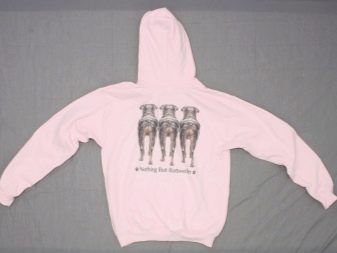
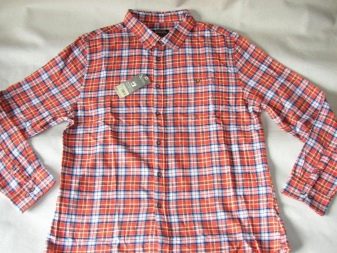
These are the main uses for the bike, and this textile raw material can be used everywhere. Undershirts, ecological rompers, diapers and other things for newborns and children are sewn from cotton fabrics.
The note. If you are going to make your own children's things, you need to choose the right material. It must fully comply with the declared quality standards. The composition of the fabric must be completely natural, without synthetic impurities.
Even a small amount of artificial fibers can cause an allergic reaction or irritation.

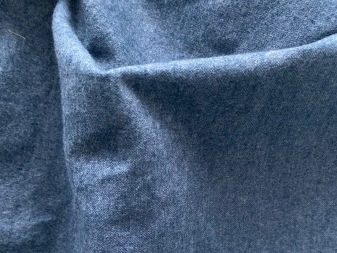
Care Tips
The bike, like the products made from it, does not require special care. The fabrics are unpretentious, they can easily tolerate washing in a regular washing machine and ironing. Even with intensive cleaning, the fabric will retain its color, shape and structure. All declared commercial qualities will not change either.
When washing by hand, prepare warm water with a little soapy water. When caring for children's things from a bike using a washing machine, the water temperature should not exceed 30 degrees Celsius.
You also need to turn off the spin - the material dries naturally (after washing it must be carefully wrung out by hand).
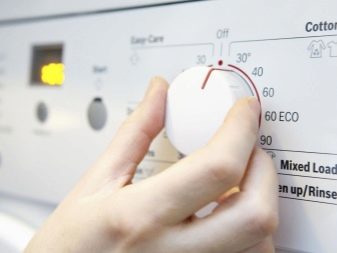
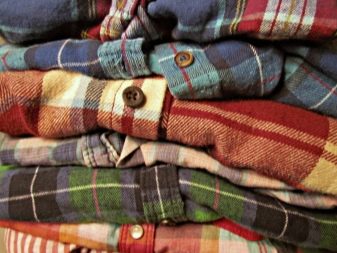
Natural canvases cannot be boiled: this will harm the material. In order not to spoil the soft pile, iron the bike only dry. If this rule is violated, the fabric will lose its high thermal insulation qualities. It is advisable to dry-clean the outerwear. With the help of special equipment, the fabric will be cleaned carefully and efficiently.
When caring for bike products at home, it is advisable to use special chemicals. This is a washing powder for natural fabrics. You will also need conditioner to keep the fabrics soft. You need to be careful when choosing a mode for washing. All modern models are equipped with a large number of programs, among which there will certainly be an option for gentle washing or cleaning of wool and cotton clothes.
